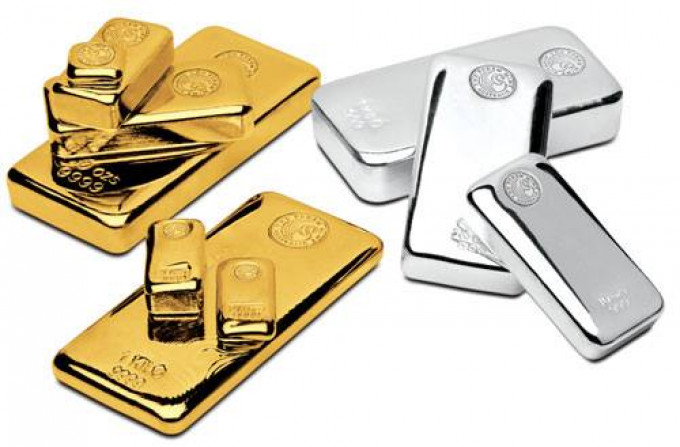There are dozens of different image formats for websites - from JPG to JPEG 2000 to PNG, GIF and many more. That's a lot of acronyms that can be a little confusing for those unfamiliar with modern jargon.
To provide some clarity, let's take a look at what all of these modern formats mean. This is to help you find the best image formats for websites, applications, etc.
The newest internet image formats are not that popular yet. This is mainly because the majority of webmasters and developers are not used to them yet. But why do we need them? The modern formats have evolved as a result of the explosion of high-speed internet and video sharing. As video files are larger, better compression and more image format capabilities were required. These are the most common modern formats:
What is AVIF?
The AVIF image file format was developed by a non-profit organization called the Alliance for Open Media, which includes major media brands such as Microsoft, Amazon, and Netflix. It supports both lossy and lossless compression, is compatible with most versions of Chrome, Firefox, and Opera (but not Safari, IE, or Edge), and has been shown to perform better than JPEG according to some tests conducted by Netflix.
This example shows the power of the AVIF format, which comes very close to the source image in terms of perceived quality while being smaller than JPEG.
What is HEIF?
The High Efficiency Image File format was launched in 2015 and adopted by Apple a few years later. It supports image assets, sequences, metadata and more, and uses both .heif and .heifs file extensions. It is not supported by standard web browsers.
What is WebP?
WebP was developed by Google in 2010 as a replacement for some of the web's best image formats, including JPEG and PNG. It uses lossy compression and can produce images that are smaller than JPEG format images without sacrificing quality in any way. Most (though not all) browsers support WebP. These include, for example, Chrome, Firefox, Edge, Safari and Opera. This format can be used for different types of applications such as web development. You can also convert WebP into JPG or PNG with the help of an online converter.
Tip: Use a CDN to get a grip on image formats
Not sure which image format to use? Having trouble determining the best image file type for your needs? In such cases, an image CDN can be helpful. Image CDNs are solutions that modify, optimize and deliver images via the content delivery network so that they are of the quality you need and at a size most manageable for your website.
When an image is loaded, the tool automatically determines the best size, quality and format to choose. This means that multiple variants of a single image can be created, so that the website can use them optimally and efficiently. An image CDN creates new image variants as needed. It can deliver hundreds of different image variants and does it in the most efficient way. This ensures a streamlined consumer experience while prioritizing speed as well.
Conclusion
As you can see, there are many image formats that can be used, so it can be quite difficult to determine the right type of image for your project. They all have their pros and cons. For this reason, in most cases, no one can be determined as the perfect solution for every purpose.
(Disclaimer: The above press release has been provided by ATK. ANI will not be responsible in any way for the content of the same)
READ ALSO:



1672397318_680.jpg)



